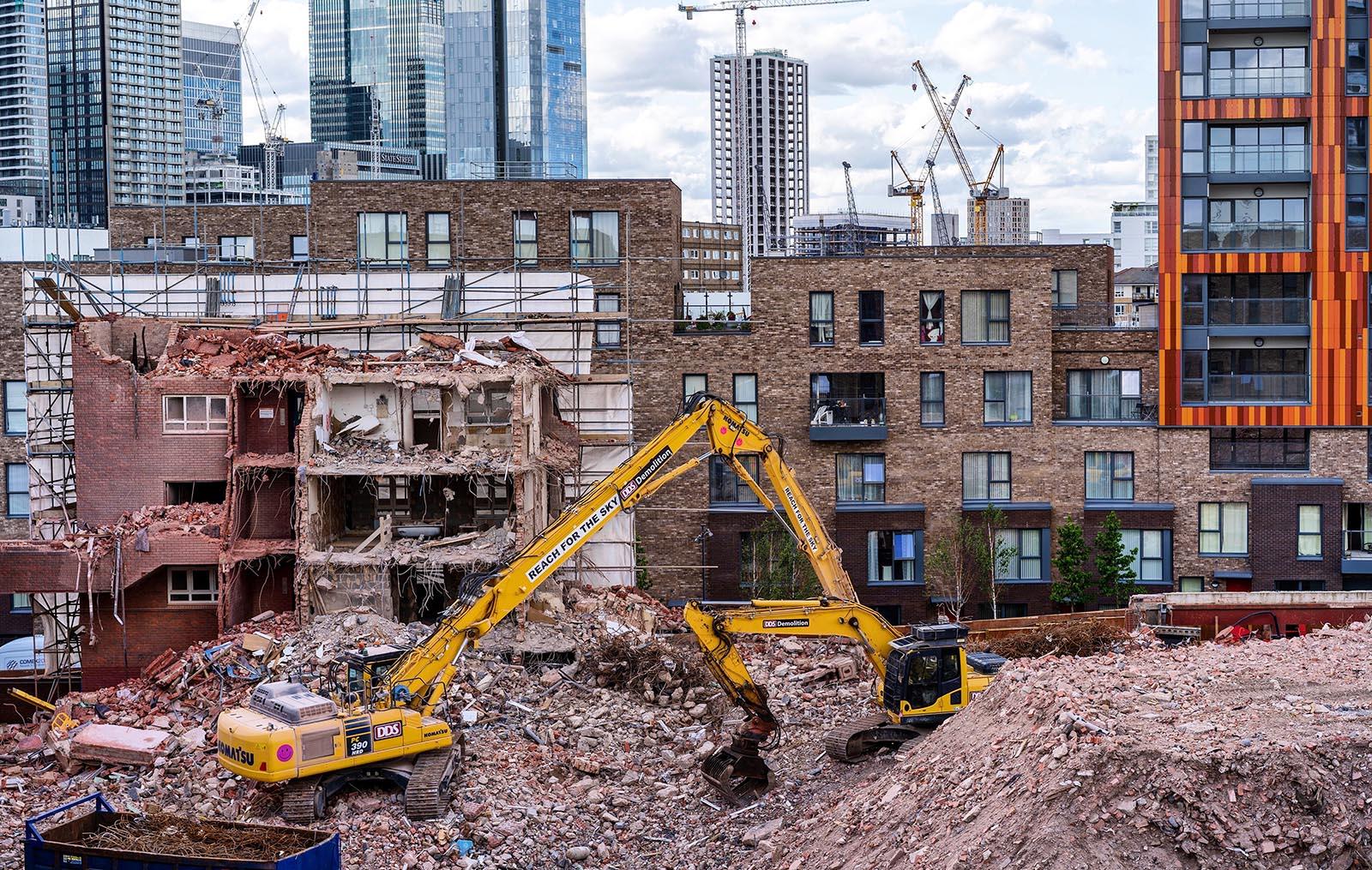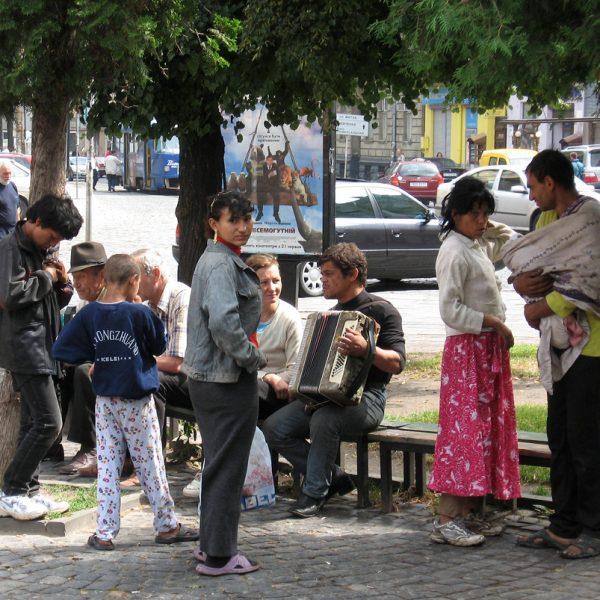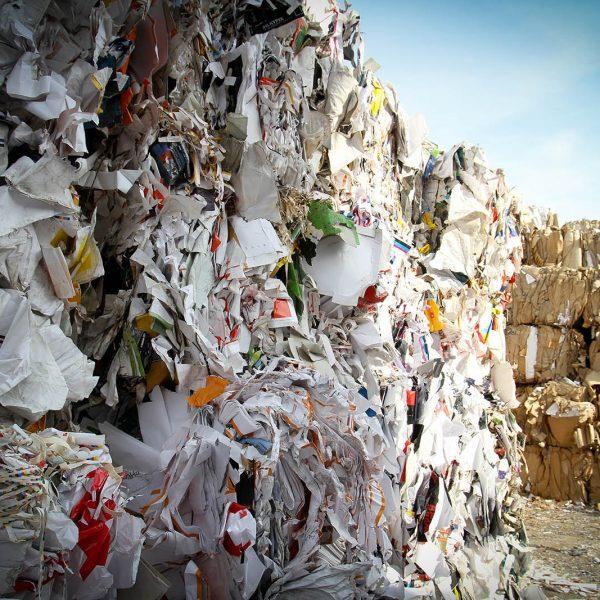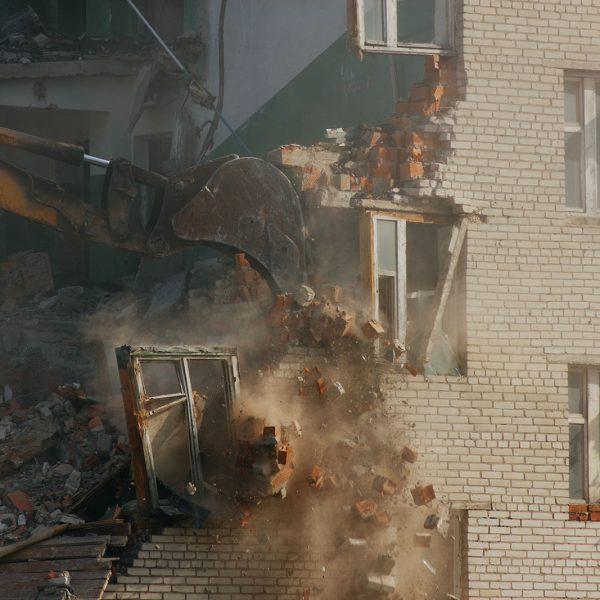

Construction and Demolition Waste (CDW)
IDN and partner from Delft University of Technology conducted a study in search of solutions to increase circularity and sustainability of construction waste treatment.
– Anastasiia Zagainova and Rune Stølan
Recently, there has been an increasing interest in the transition towards more circular and sustainable industries across the EU.
There is a number of targets to be achieved. For instance, the objective for construction and demolition waste is 70% by weight to be prepared for material recovery by 2020. However, there are still countries and regions struggling with this objective. For example, construction and demolition waste (CDW) is being landfilled in the region of Prešov in Slovakia significantly more than other types of waste. Some amount of CDW is being recycled, which means mainly crushing of waste concrete for further use in landscaping and road construction, which could not be considered a state-of-the-art circular solution.
International Development Norway together with Anastasiia Zagainova, a Master’s graduate from the Delft University of Technology in the Netherlands conducted a study in search of solutions, which could help the region of Prešov to increase circularity and sustainability of construction waste treatment.

The sociotechnical system around CDW in the region was studied in both quantitative and qualitative ways. Waste flow analysis was applied for assessing the current quantities of CDW and its treatment in the region. Social aspects were studied through semi-structured interviews and a workshop with relevant local stakeholders including the local government, recycling companies, construction companies and researchers. Successful solutions from different countries for enhancing sustainable and circular CDW treatment and management were cataloged, and, taking into account the local context, two of the solutions were recommended for implementation in the region.
The research helped to understand that the main problems related to unsustainable CDW treatment are:
- Inadequate statistics
- Illegal dumping
- Low understanding of selective demolition and on-site separation
- Unwillingness to reuse
- Absence of certificates for reused materials
- Little awareness on sustainability and circularity
Two possible solutions with the biggest leverage and the least resources needed to improve CDW situation in the Prešov region were suggested taking into the local context and the world’s best practices:
- To develop a simple step-by-step guideline on selective demolition and on-site sorting for private households and disseminate with the help of a local recycling company, which could also provide the service of the separated waste collection.
- To establish a Recycling Competence Center to increase trust and promote wider use of recycled/reused materials in the construction industry. This center would be there to do research and to disseminate state-of-the-art recycling knowledge and conduct certification of recycled materials in the region.
The research was presented at the Delft University of Technology and received good feedback from prominent experts in sustainability and industrial ecology. The results will be further discussed with the local stakeholders in the region in order to create opportunities for their realization.



